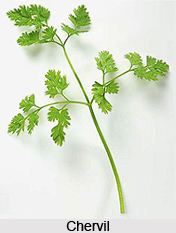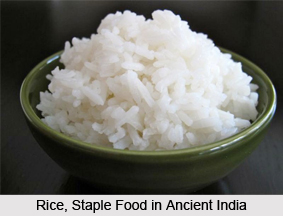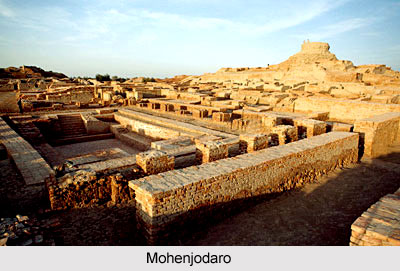 Botanical name: Anthriscus cerefolium Hoffm.
Botanical name: Anthriscus cerefolium Hoffm.
Family name:Umbelliferae
Common indian name:Baz-Atrila.
Its leaves are used both for flavoring salad and as condiment for garnishing some foods. Its flavor is similar to that of mild parsley and aniseed. The curled-leaf varieties of chervil are the most popular because of their attractive appearance. The leaves are ready for harvesting within 6 to 8 weeks from seed sowing. The plant is hardy and can withstand winters if given suitable protection. It does not thrive in hot weather.
Chervil leaves are mainly used for garnishing and flavoring food, their flavor being similar to that of aniseed and parsley. It is chopped fine and sprinkled over fish before removing from the boiler. It is also used in soups, salads, sauces (particularly tarter sauces), egg dishes, French dressings and in a butter sauce for chicken. Chervil is a great favorite in French cuisine.
Dried leaves of chervil are used for stuffing`s. Chervil vinegar is prepared in the same way as `Tarragon Vinegar` and is used as an alternative to cider or wine vinegar in the preparation of salad dressing.
The leaves are reported to be diuretic, stomachic and deodorant. The boiled roots, which have a sweet and aromatic flavor, are eaten.
Information about its chemical composition is not readily available.
This plant can easily be grown on high altitude places in India. In fact it is reported that it has been popularized around some of the well-known hill stations where English people popularized it during colonial era.



